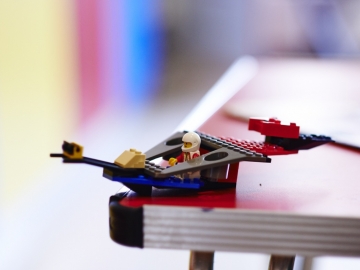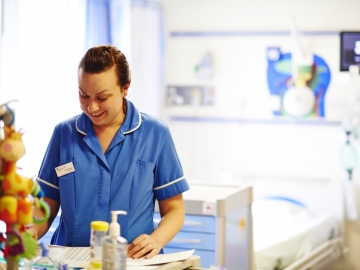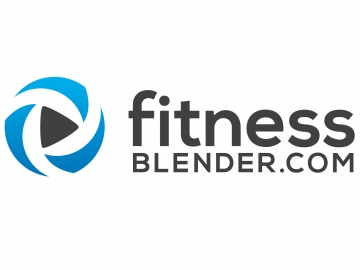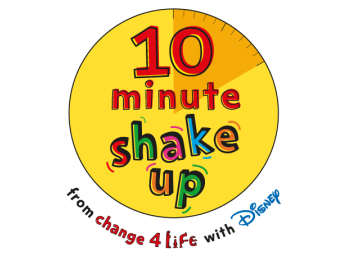Child
- About
- Meet The Team
- Conditions
- Dental Practitioners: Dental care in children at risk of Infective Endocarditis
- Looking after your child’s oral health
- Coming for an echocardiogram
- Outpatient Appointments
- Preparing to Come into Hospital for Surgery
- On Admission to the Children's Ward
- Visiting
- Operation Day
- Children's Intensive Care
- Daily Routine on Intensive Care
- Managing your child's discomfort
- Going Home
- Children's Cardiac MRI Scan
- Cardiac Catheter
- Reveal Device
- Ablation Procedure
- Pacemakers
- INR and Warfarin
- Lifestyle and Exercise Advice
- School Advice
- Attachment
- Yorkshire Regional Genetic Service
- Advice & Support Groups
- Your Views
- Monitoring of Results
- Second Opinion
Lifestyle and Exercise Advice
-
Travel Information
The majority of people with congenital heart disease can and do fly/travel long distances around the world. If you are unsure ask at your outpatient appointment or contact the children’s cardiac nurse specialists. The most important point to remember is to ensure that you declare your heart condition when booking travel insurance. Any omissions or mistakes made in relation to your medical condition can be used as grounds to refuse your claim if made.

-

Specialist Cardiac Physiotherapist
The specialist physiotherapist works with the cardiac specialist nurses and cardiologists to provide help and advice on all physical activities for children and young people with congenital heart conditions. The physiotherapist may be able to advise you:
• If you have difficulty with physical activities at school or if you would like some advice on PE
• Discussing if you need to limit/avoid particular activities
• Help you achieve the level of fitness most appropriate for your child’s condition
• Help your child get back to activity/exercise after heart surgery -
Benefits of exercise:
• Develops muscles and bones
• Improves flexibility
• Helps improve sleep and relaxation
• Maintains healthy weight
• Contributes to brain development and learning
• Encourages movement & Co-ordination
• Builds social skills
• Releases endorphins to ‘feel good’Development information:
• As children grow they develop different motor and social skills. There are different milestones we can expect children to achieve, such as sitting and walking. It is important to: encourage your child to experience different positions to continue to develop their gross motor, fine motor and social skills.
• For 6 weeks following surgery following a sternotomy your child should avoid ‘tummy time’ or crawling. We acknowledge that it can be difficult to stop your child rolling onto their tummy or crawling but where possible, please limit to allow the surgical site to heal.Frequently asked questions
Can a child exercise when they have a heart condition?
Absolutely, in fact they should be encouraged to participate in exercise. Current guidelines recommend that children should participate in 60 minutes or more of moderate to vigorous activity daily.Can my child participate in PE?
Yes they can. Children with CHD should not be made to feel different during PE lessons and should be included wherever possible.Children with CHD should have a physical activity recommendation plan which will outline if there are any limitations to exercise.
Are there any limitations to my child exercising?
There are things to be aware of with exercise and CHD children should be allowed to self-limit their exertion and should have plenty of opportunity to rehydrate although it is good to become slightly out of breath.They should still be able to complete a sentence when speaking. Also take into consideration weather conditions and appropriate clothing. Activity restrictions depend on the exact nature of the child’s heart condition.The most common restrictions are:
• Activities with a moderate to high risk of impact or injury or contact sports
• Competitive sport
• Activities requiring strenuous exertion.How will I know if they are doing too much?
Children with CHD are usually very aware of their own limitations. They should rest with the following signs and symptoms:
• Dizziness or feeling faint
• Difficulty speaking due to breathlessness
• Complaining of palpitations or feeling of heart pounding/fluttering or beating irregularly
• Becoming pale and clammy
• Severe tiredness or fatigue.If they persist – SEEK MEDICAL ASSISTANCE!
If you would like further information about your heart condition and the effects of exercise please contact: Sarah Hibbert (Specialist Cardiac Physiotherapist ) on 0113 3920609 or email Sarah.Hibbert3@nhs.net
-
Below are some ideas and links to websites that will help keep your children active
-

Fitness Blender: Search fitness blender and access free workouts, it lets you choose the duration, type, intensity of the workout and also lets you choose to do it with equipment or not. Suitable for teenagers and adults although you could get younger children to join in! Click Here
-
Cosmic Kids yoga: Free resource on YouTube that include yoga and mindfulness videos age appropriate for age 3+ includes Frozen, Trolls, Star Wars, The Gruffalo yoga games! Brilliant! Click Here

-

Change4 life resources: Do your children need a wake up/shake up?! Suitable for children age 3+ Click Here
Here is some ideas for children who have physical disabilities Click Here
-
For younger ones don’t forget about good old “tummy time”, playing with blocks and other objects, messy play, jumping, skipping. Active play like hide and seek and throwing and catching are brilliant ways to keep busy!
Why not put on some music and make up a funny dance! Simon says!

-
Some really useful Infographics from the Department of Health about exercise for children.
Physical activity for early years: birth to 5 years:
Physical activity for children and young people: 5 to 18 years:
-


-
Diet
Generally children with heart problems do not have to follow a special diet and like all children should eat well balanced meals including plenty of fruit and vegetables.
Healthy eating helps reduce the risk of developing many conditions such as cancer, constipation, obesity and tooth decay. Eating a good variety and balance of foods and taking regular exercise gives your child the best chance of being fitter and healthier.
Babies will only be discharged from hospital once feeding has been established. Your child’s health visitor will be informed on discharge and will continue to monitor your baby’s progress once you are home. Occasionally babies need calorie supplements added to their milk, if this is needed you will be shown how to add these to feeds and be provided with a supply to take home. Further supplies would be available on prescription.

